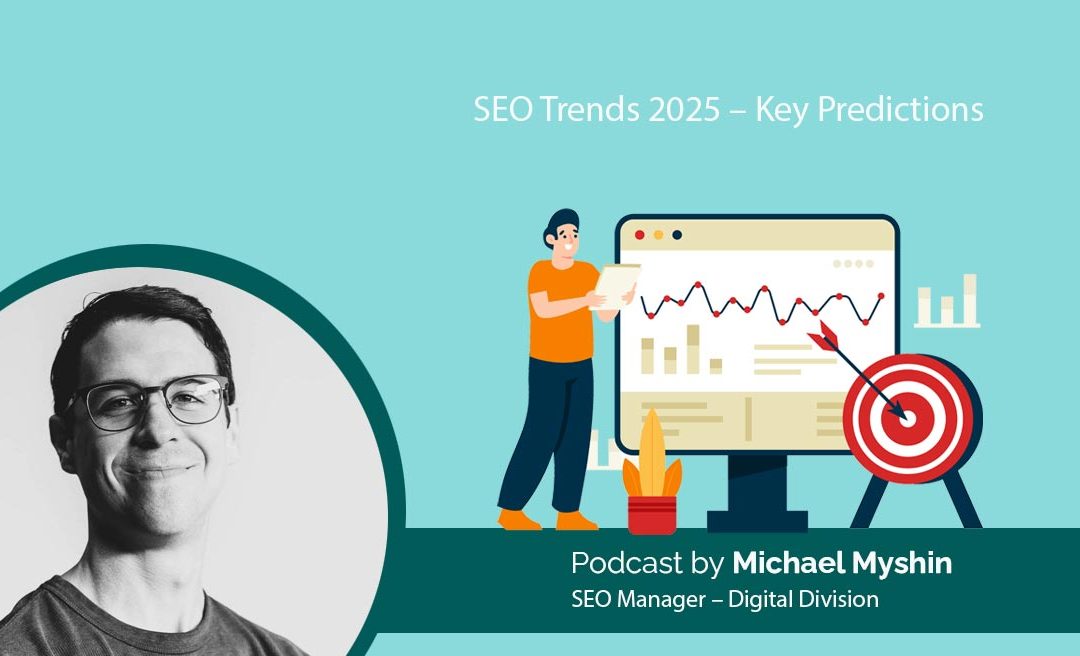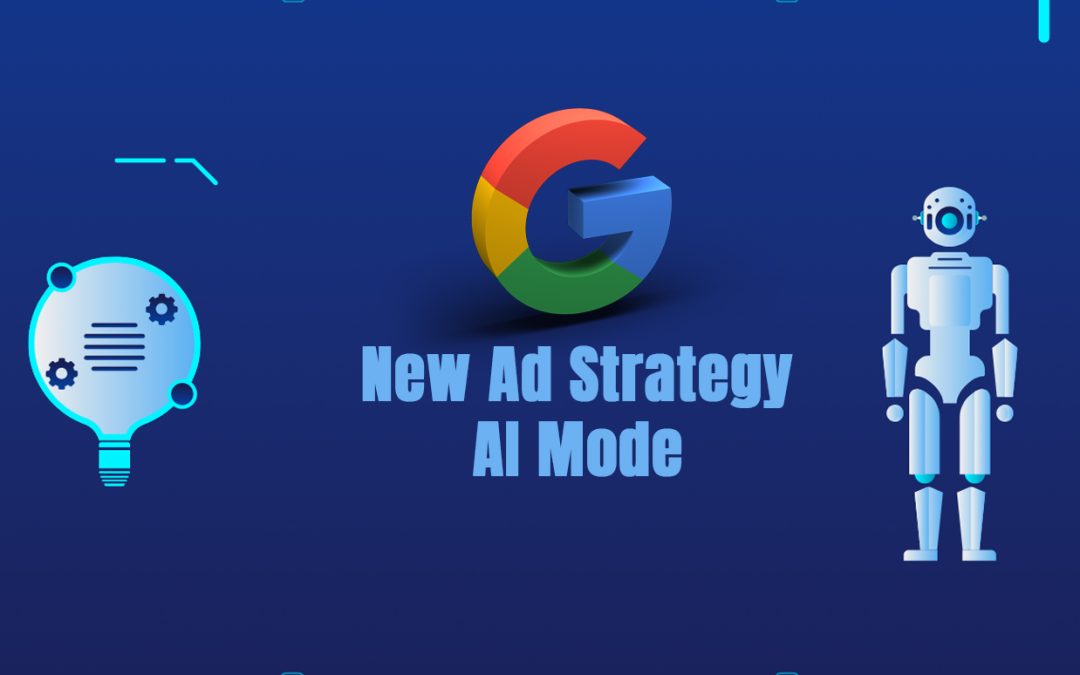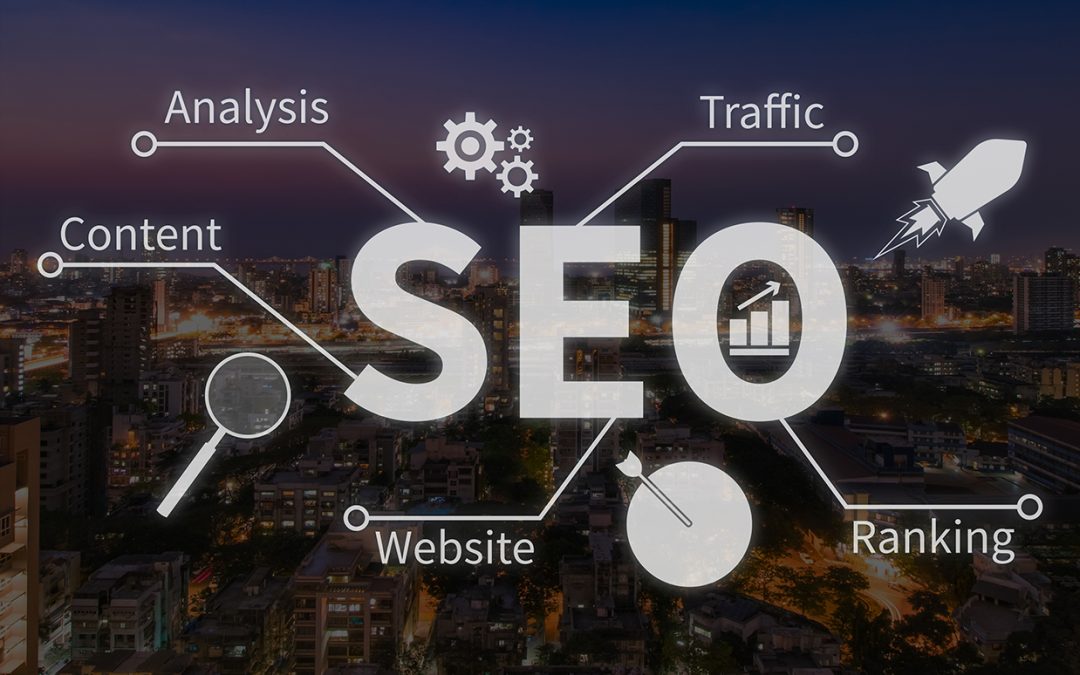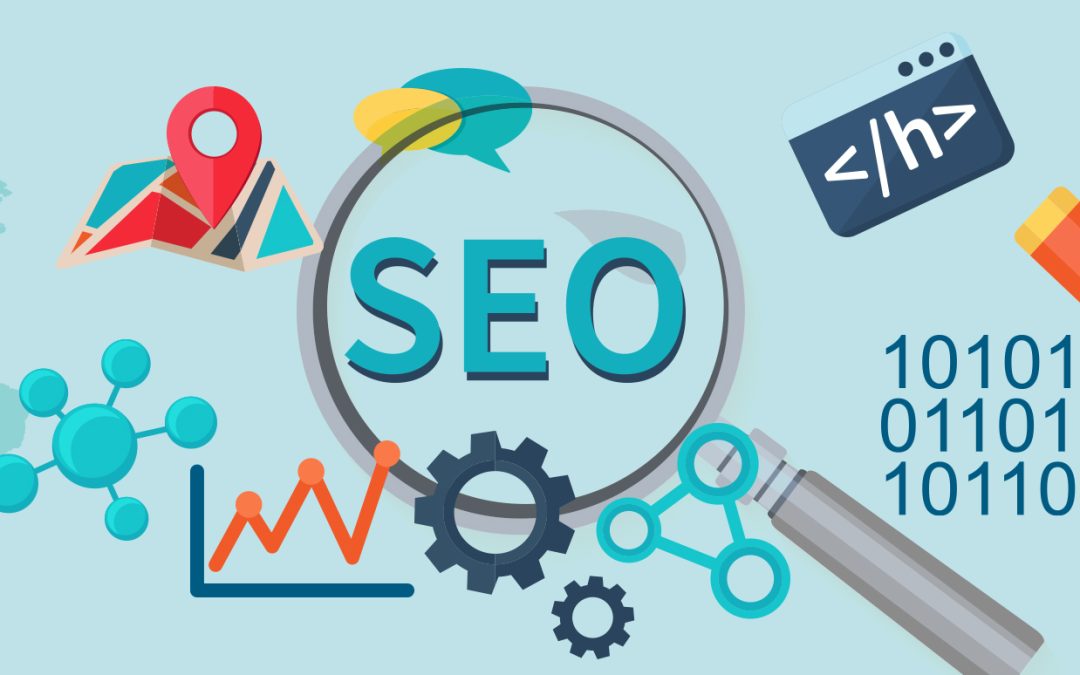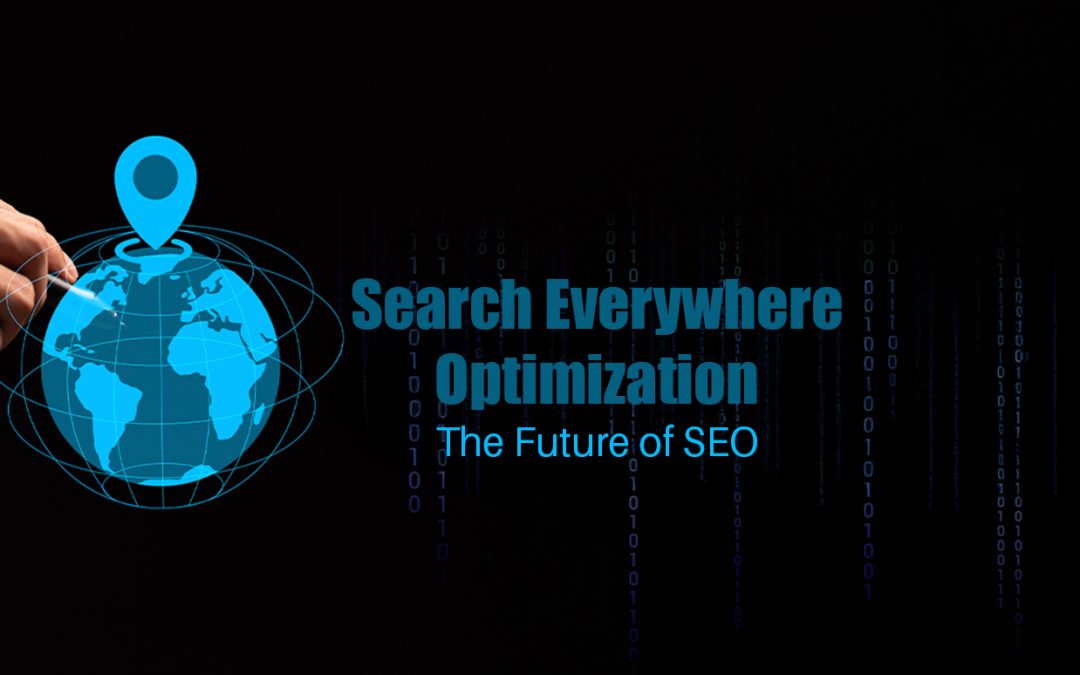Zero-clicks. The majority of online searches now end in zero-clicks, which means, users will have answers to their queries displayed on the search engine results page (SERP), rather than a series of external links to click on. If you’re keen about statistics, let me present this to you: over 65% of all searches are now zero-clicks, with that number to surpass 70% by the end of 2025, illustrating...





